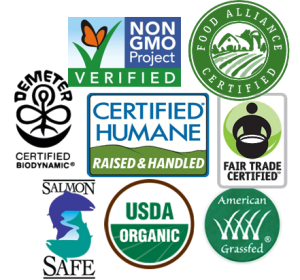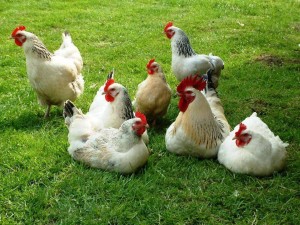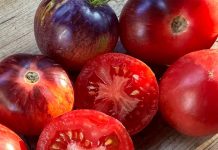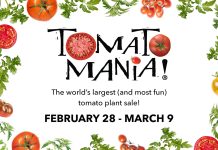 There are many ways to maintain good health, but basically it comes down to the very thing that keeps our body going: food.
There are many ways to maintain good health, but basically it comes down to the very thing that keeps our body going: food.
Our food is at least 4 to 5 times removed from us before finding its way into the local grocery store or restaurant, leaving consumers vulnerable to what actually is bought.
Is there certainty each mouthful of food that makes it into a stomach has a level of integrity that assures nutrition and safety?
Yes, the FDA and USDA do their tiny bit. But third party certifications have been growing to monitor the abundance of companies misleading the public with packaging and claims that are not valid.
Many manufacturers’ claims are really meaningless unless backed up by reliable certification. The biggest misuse of labeling is that of “All Natural.”
Many times over synthetic chemicals are found in products labeled natural. Lawsuits have been washing through the courts by frustrated consumer groups pointing out a company’s wholesome stuff isn’t as good as they claim. Ingredients such as hexane-processed soy compounds, ascorbic acid and sodium phosphate are synthetic and should not be anywhere on a label proclaiming it is “natural.”
Take for instance the term “Cage Free.” It’s commonly seen on egg cartons and indicates the eggs came from chickens not stuck in cages. Or that “Free Range/Free Roaming” actually means the chickens got to soak up some sun on a grassy field.
Unfortunately these claims are not highly regulated by the Food Safety Inspection Service of the USDA, and besides it doesn’t necessarily mean the birds were raised with adequate space nor had access to the outdoors.
USDA considers just five minutes of outdoor time (even if only on a concrete floor) each day ok, but only for poultry birds. Egg laying hens are not regulated at all.
The same goes for “Grass-Fed,” “Grain-Fed,” and “100 percent Vegetarian Diet.” None of these labels are certified by independent organizations, therefore there is no guarantee livestock or poultry was not fed any animal-by products and does not signify they were raised on a pasture.
animal-by products and does not signify they were raised on a pasture.
Certified labels to look for: start with the USDA Certified Organic seal where the product must have at least 95 percent organic ingredients.
Farms and processors are inspected yearly by USDA-approved independent certifiers that include California Certified Organic Farmers (CCOF), Farm Verified Organic (FVO), Organic Crop Improvement Association (OCIA) and Oregon Tilth. This certification means (read carefully and think twice about the not organic food you eat), “Food cannot be grown using synthetic fertilizers, chemicals, or sewage sludge, and cannot contain genetically modified organisms or be irradiated.”
Meat labeled organic guarantees “animals must be fed only with organically grown feed without animal byproducts and should be free of hormones and antibiotics.”
Another certified reliable certification for the welfare of our animal friends is the seal Certified Humane Raised and Handled, an independent non-profit organization that certifies eggs, dairy, meat and poultry. Their requirements allow animals to engage in their natural behaviors, have sufficient space, shelter and gentle handling to limit stress and have ample fresh water and a healthy diet without added antibiotics or hormones.
Other reliable seals for healthy food are Non-GMO Project Verified, Food Alliance Certified, American Grassfed, Salmon Safe, Fair Trade Certified, and Demeter Certified Bio-Dynamic.
These third party organizations help keep our foods healthy and safe. But it’s our duty, the consumer, to be our own watchdog by using our purchasing power to shift manufacturers into certifying their products correctly.
Contact Gina at Ima_gina_tion@yahoo.com.





Well sure, organic farms and processors are inspected yearly by USDA-approved independent certifiers. But these are visual inspections, and inspectors waste most of their time filling out useless paperwork. There is currently no field testing done to ensure organic crops and livestock are genuine, much less safe. None!
I agree that without some sort of third party certification, food is not worth purchasing. It is unfortunate that the consumer has to pay a premium for the additional certification.
In regards to the above post, the inspectors verify the source of the product and ensure that ingredients or feed are in fact organic produced by organic suppliers, but the verification is only validated at the seed level for crops. After that, cross contamination can take place. The Non-GMO Project verifies the crops are in fact Non-GMO at different stages of the supply chain. It’s becoming increasingly difficult to know what products to buy, but the end result is that we can trust many of the third party certifiers to regulate our food supply.